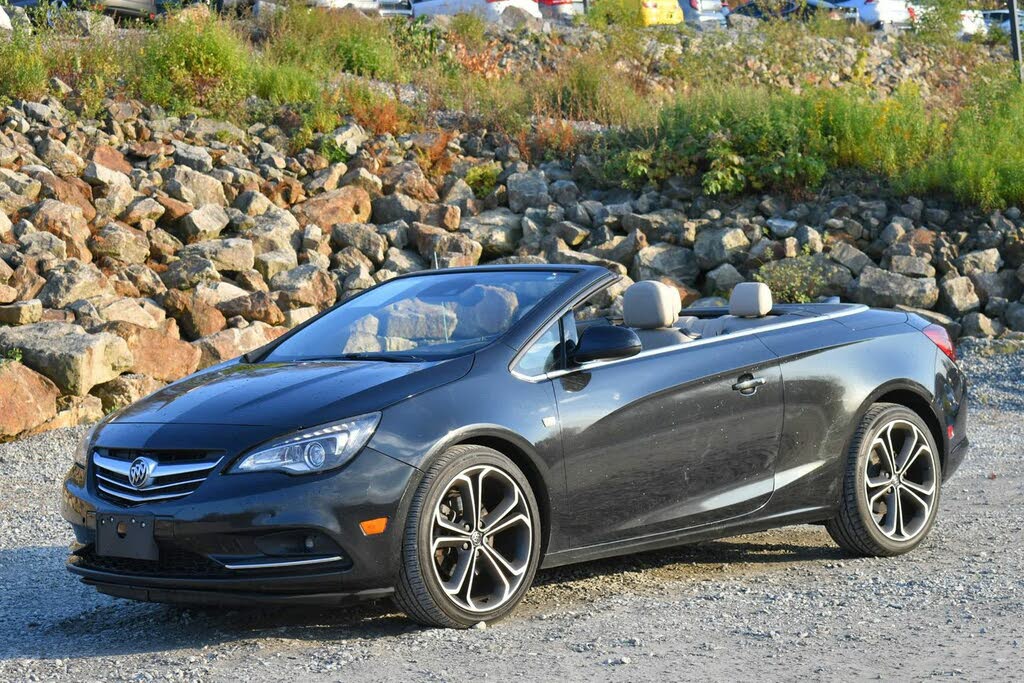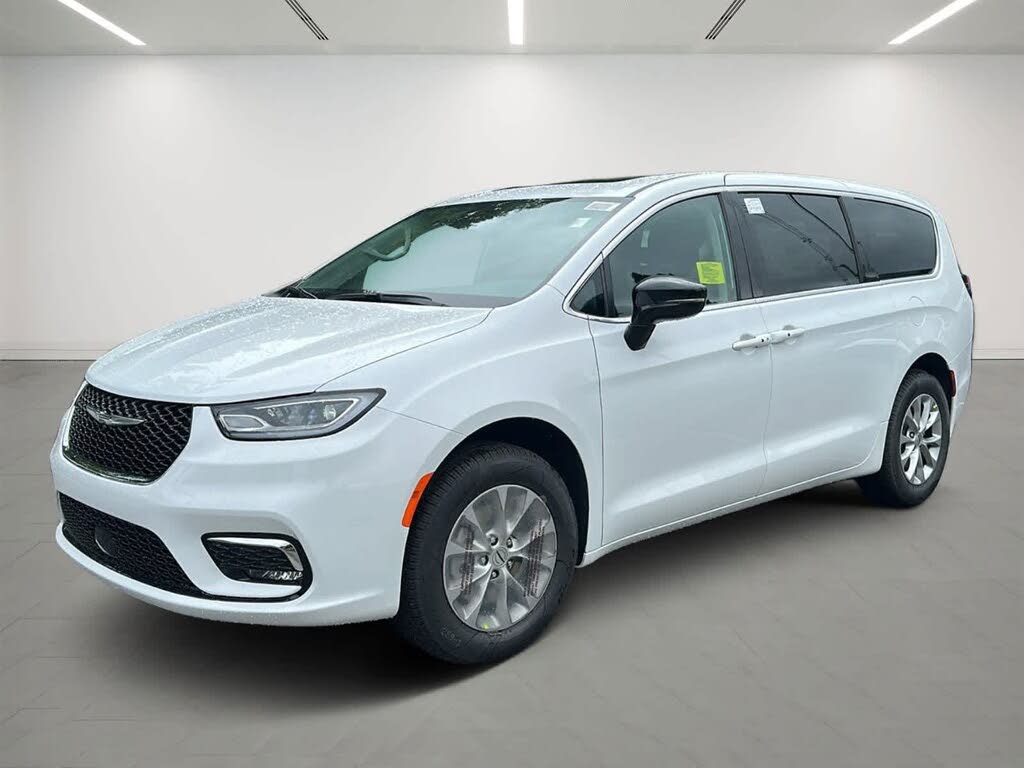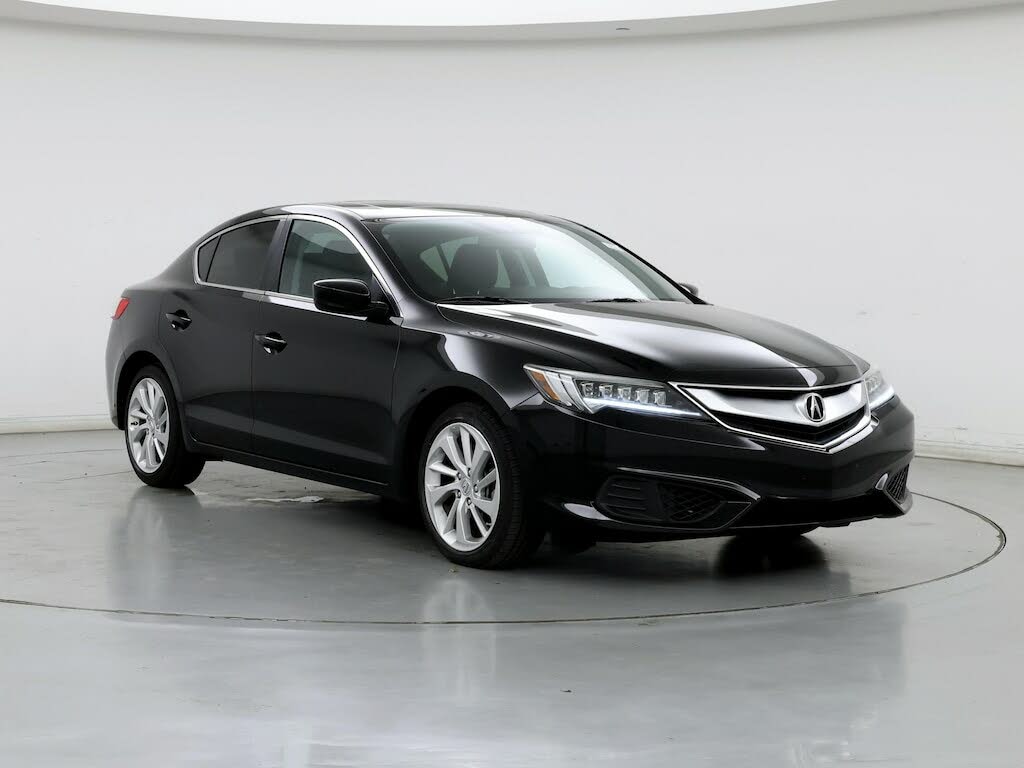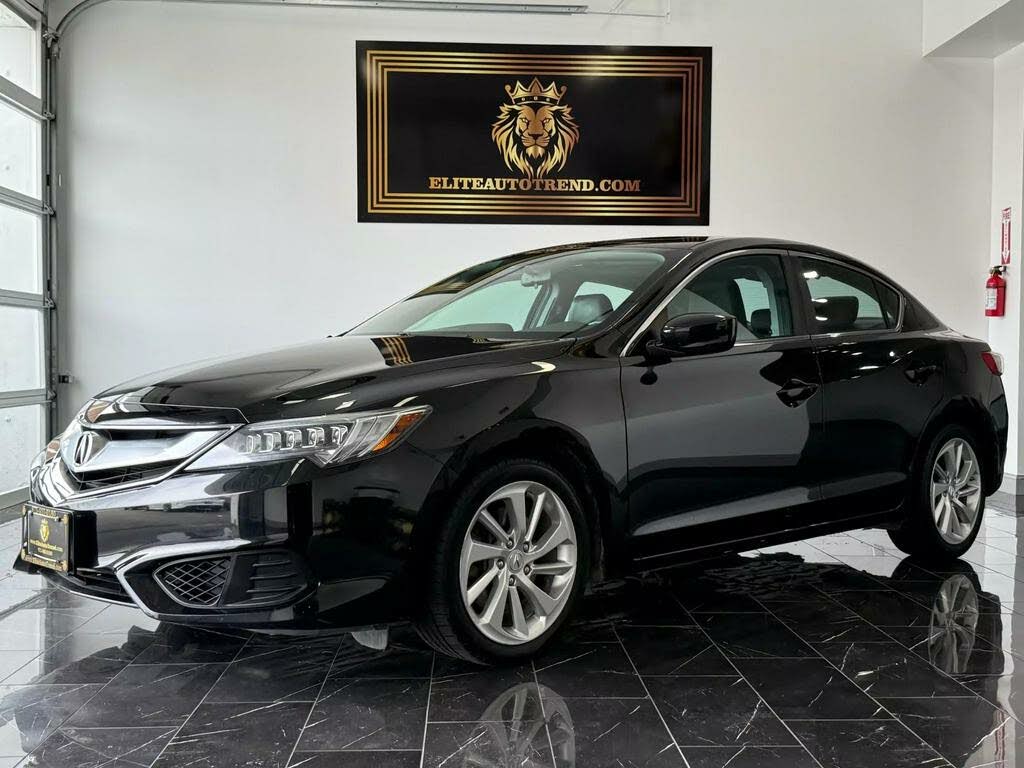BMW X5 Review: The Benchmark Luxury SUV That Faces Stiff Competition
The BMW X5 created the luxury performance SUV segment two decad
es ago, but does this third-generation model still lead the pack against rivals like the Mercedes-Benz GLE and Audi Q7? We analyze every aspect.
The Evolution of BMW's Flagship SUV
When BMW introduced the original X5 (E53) in 1999, it pioneered an entirely new vehicle category - the sports activity vehicle (SAV). This groundbreaking approach prioritized on-road dynamics over traditional SUV ruggedness, creating a template that competitors would follow for years.
Current Generation Overview
The G05-generation X5 debuted with:
- Larger dimensions than previous models (194.3" length, 74.9" width)
- New CLAR modular platform shared with 7 Series sedans
- Standard xDrive all-wheel drive system
- Available mild-hybrid powertrains
- Optional Off-Road Package with air suspension
BMW X5 Performance and Driving Dynamics
xDrive40i Powertrain
3.0L Turbo I6
335 HP / 330 LB-FT
0-60: 5.3s
xDrive50i Powertrain
4.4L Twin-Turbo V8
456 HP / 479 LB-FT
0-60: 4.6s
M50i Performance
4.4L Twin-Turbo V8
523 HP / 553 LB-FT
0-60: 4.1s
While the X5's powertrains deliver segment-leading acceleration, the driving experience has drawn mixed reactions from enthusiasts. The electric power steering system, while precise, lacks the feedback that characterized earlier BMW models. This represents a significant departure from the brand's "Ultimate Driving Machine" heritage.
Detailed Strengths and Weaknesses
What We Love About the BMW X5
- Timeless Design Language: The X5 maintains BMW's signature styling cues while evolving with contemporary trends. The enlarged kidney grille (controversial to some) and laser headlights create a distinctive presence.
- Powertrain Excellence: BMW's B58 3.0L turbocharged inline-six is a masterpiece of smooth power delivery and efficiency, earning Ward's 10 Best Engines recognition multiple times.
- Interior Craftsmanship: Vernasca leather, real metal trim, and optional glass controls create an ambiance that rivals luxury sedans. The optional Bowers & Wilkins Diamond surround sound system sets new benchmarks.
- Advanced Safety: Standard features include forward collision warning with automatic emergency braking, lane departure warning, and blind spot monitoring. The optional Driving Assistance Professional Package adds highway assistant capabilities.
- Technology Integration: The iDrive 7.0 system remains one of the most intuitive interfaces, with crisp graphics and logical menu structures despite the added complexity of modern vehicle functions.
- --TOP ADVERTISEMENT HERE--
Areas Needing Improvement
- Steering Feedback: The electrically assisted system filters out too much road feel, diminishing driver engagement compared to Porsche Cayenne or Alfa Romeo Stelvio.
- Ergonomic Quirks: The split tailgate design, while distinctive, proves less practical than conventional liftgates for loading bulky items.
- Gesture Control Limitations: While innovative, the system's reduced functionality compared to 7 Series models feels like a half-implemented feature rather than a true convenience.
- Third-Row Compromises: The optional rear seats offer minimal legroom (just 29.9 inches) suitable only for children, putting the X5 at a disadvantage against true three-row luxury SUVs.
- Premium Pricing: With options easily pushing the price beyond $80,000, the X5 faces tough competition from vehicles offering more standard features or greater exclusivity.
Competitive Landscape: How the X5 Stacks Up
When cross-shopping luxury midsize SUVs, consider these key competitors:
Mercedes-Benz GLE-Class
Advantages: More luxurious standard interior, superior MBUX infotainment, available E-Active Body Control
Disadvantages: Less engaging to drive, higher base price
Audi Q7
Advantages: Standard third row, superior Quattro all-wheel drive, better value proposition
Disadvantages: Conservative styling, less powerful base engine









